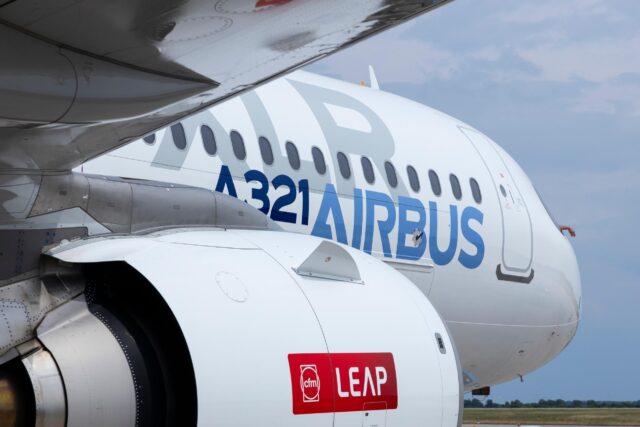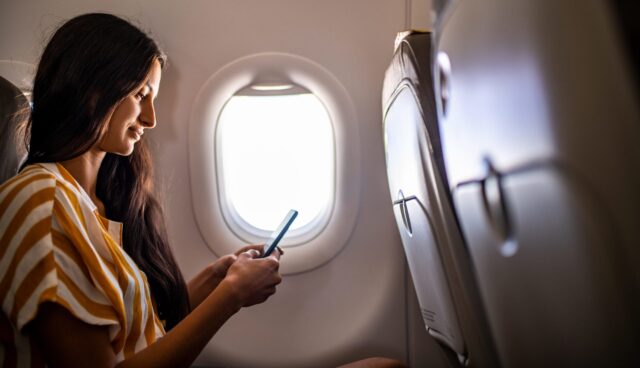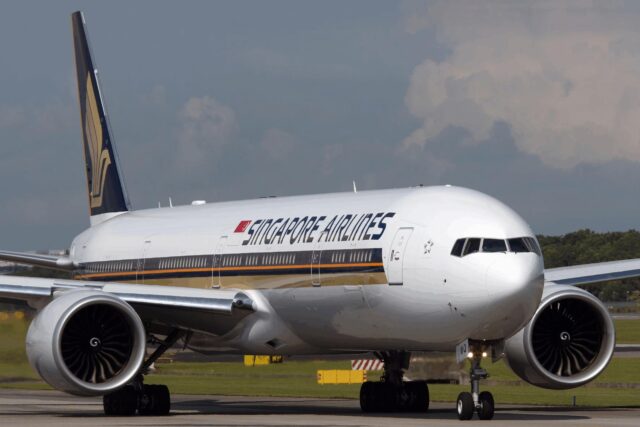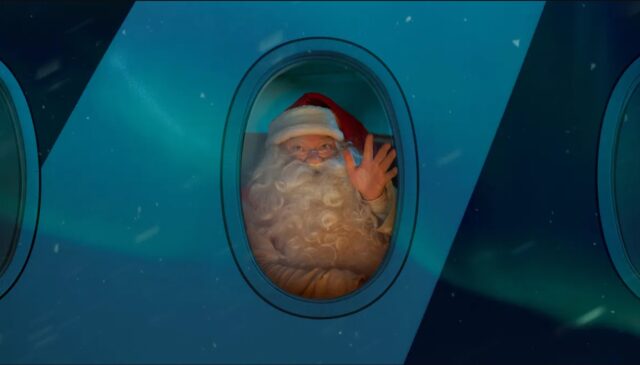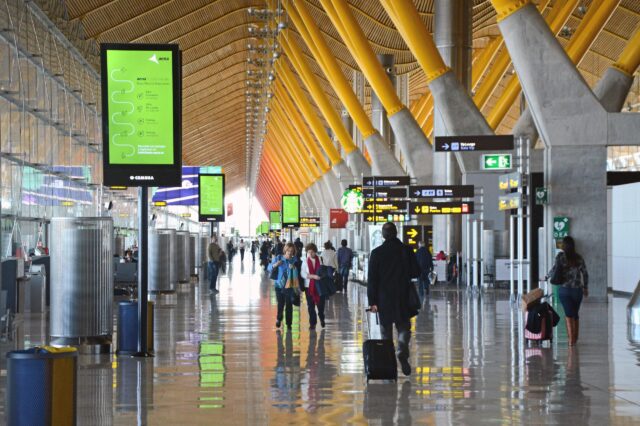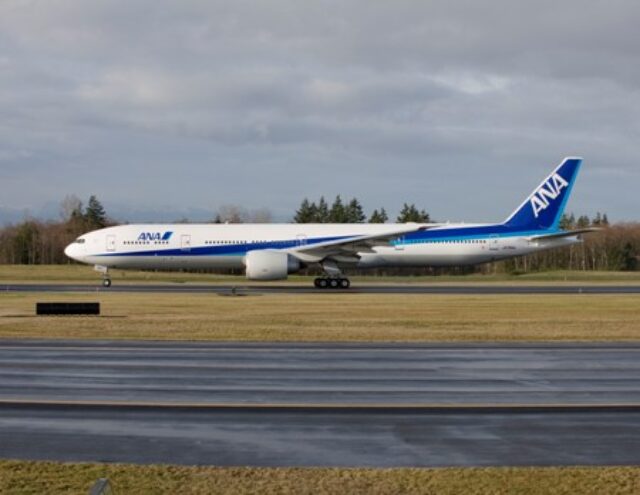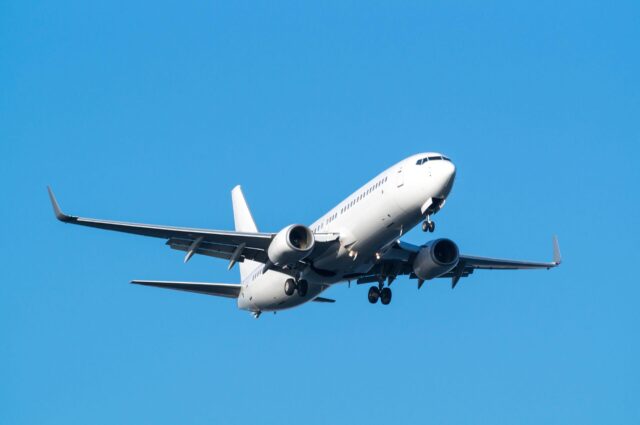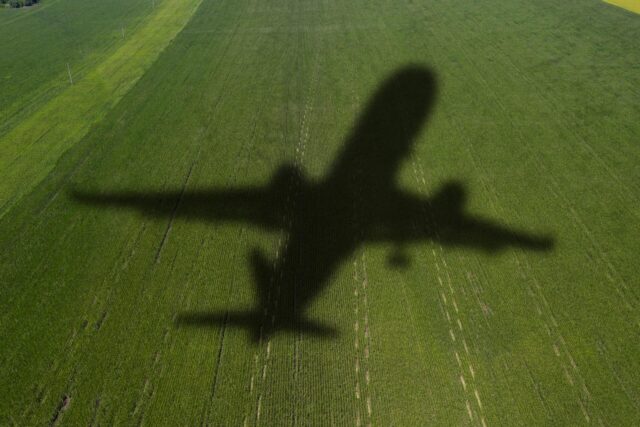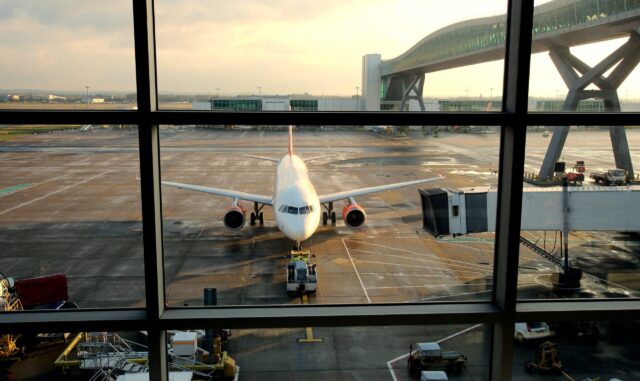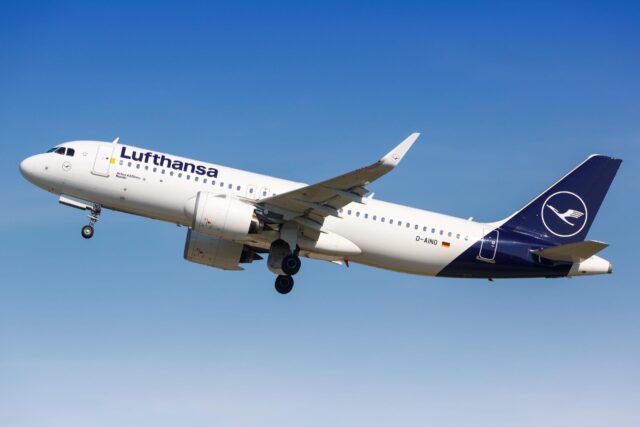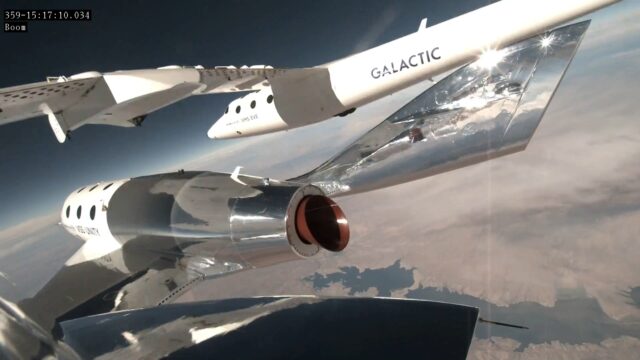British Antarctic Survey: SAF strategy and carbon cost

With the British Antarctic Survey (BAS) having recently released its first ever annual carbon footprint statistics – highlighting business travel and BAS aircraft to be responsible for 9.61% and 7.25% respectively of its total annual carbon emissions – Aerospace Global News caught up with the team to learn more about the unique aviation-specific challenges of ‘going green’ in such a demanding setting.
Aircraft operations
The BAS currently operates a fleet of one DHC Dash 7 and four Twin Otters, which are based in Antarctica during the Antarctic summer season (approximately five months of every year). With the Dash 7 supporting the airbridge between Chile’s Punta Arenas and Rothera Research Station, and the Twin Otters supporting science delivery in the field, most of the aircraft will then travel north to Canada for maintenance following a pre-planned route.
They will stay here (conducting very limited flying) until the next summer season – unless a Twin Otter is required in the UK. However, with the aircraft possessing no fixed operating base (apart from during their downtime in Canada), “this makes it difficult to integrate SAF into our operation,” revealed BAS.

Logistics is the problem
With most SAF produced from either biomass or municipal waste, recent ICAO (International Civil Aviation Organisation) data indicates there are a relatively small number of sites which produce SAF globally: including 16 in Europe, two in the Middle East, six in the Far East, seven in the USA and one in Brazil. With global demand far outstripping supply (with SAF satisfying less than 0.1% of the demand for jet fuel needed by commercial airlines pre-covid) and scalability remaining a challenge, “consequently, the major commercial airlines with the biggest purchasing power are able to buy the majority of the limited amount of SAF produced”.
Crucially, according to ICAO, no airports in Canada have ongoing deliveries of SAF – and none of the airports BAS uses on the ferry flights to and from the Antarctic stock the fuel. “Logistics is the problem,” explained BAS, pointing out that transporting SAF from the majority of the limited production sites in the Northern Hemisphere comes with its own significant carbon cost. This may, at times, be higher than the financial cost of traditional Jet A-1 sourced from somewhere closer.
Supplying and storing SAF
Although BAS is investigating options to transfer SAF to Antarctica on the RSS Sir David Attenborough in drums to test the fuel’s long-term storage properties, “there is a loss of efficiency / volume associated with carrying 50lbs of metal fuel drums for every 360lbs of fuel,” BAS revealed. Once in Antarctica, the fuel subsequently has to be “distributed to a network of deep field depots where it can be used to support the science projects – effectively, [BAS is its] own supply chain and there are no commercial deliveries as in the rest of the world”.
Aircraft remain integral to supporting BAS science
However, BAS research aircraft remain “key to collecting data that is not readily available from satellites, marine or ground measurements for a number of reasons” – including alternative sources not having the spatial or time coverage, sufficient ground resolution, or are affected by cloud cover obscuring targets.
“As the executive chair of NERC [Natural Environment Research Council] stated, ‘Net Zero doesn’t mean carbon zero’ – and in order to do that science, we need to burn some carbon,” explained BAS. “As long as there is still a need for boots on the ground to conduct that science, we will still need to get people to the Antarctic (via aircraft or ship) or deeper into the content (via Twin Otter or tractor traverse).”
BAS continued: “Even Greenpeace (in a 2020 Policy Briefing Document) acknowledges that ‘technology solutions for zero carbon flight are not yet mature,’ so until alternative means of transport are viable, there is always going to be a carbon cost.” However, in the meantime, the organisation is “working hard to use that carbon as efficiently as possible and to find environmentally-friendlier alternatives such as SAF”.

Evolution of aircraft
However, with the integration of autonomous platforms such as the Windracers ULTRA UAV – which conducted its first test flights earlier this year – “BAS will have more choice to choose the best aviation solution in the delivery of [its] science mission, so helping BAS improve its carbon footprint and ability to deliver in the most effective way,” the organisation explained.
“As platforms like the Windracers ULTRA mature, and BAS and other National operators continue to work at integrating UAVs into crewed aviation airspace, science will have available an aircraft platform of a different scale”. Specifically, with sensors starting to see a “marked reduction” in size and weight, “the benefits of scale can start to be realised, by flying the most appropriate aircraft platform to deliver the flying”.
“As technology and fuels evolve, BAS will have more choice to choose the best aviation solution in the delivery of our science mission, so helping BAS improve its carbon footprint and ability to deliver in the most effective way,” concluded the BAS spokesperson, who added: “I would see a scalable future where the right sized and capable aircraft would fulfil the flying”.
“Also, carbon footprint will become a larger deciding factor for winning grants and as such, emerging lower carbon methods of collecting science data will become more important when winning science grants”.
